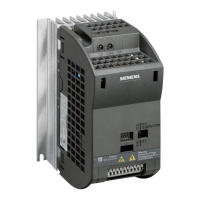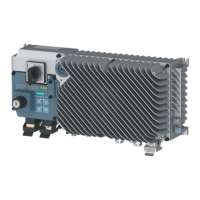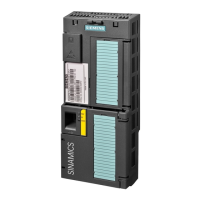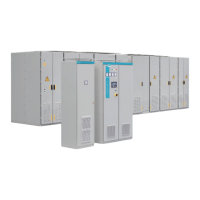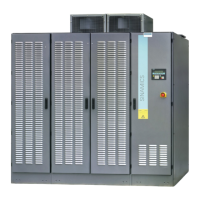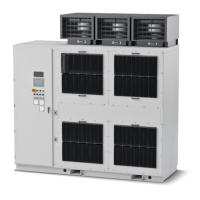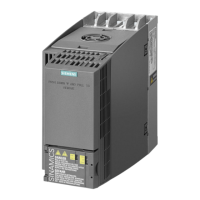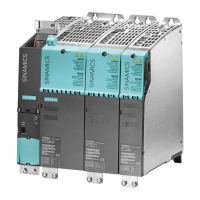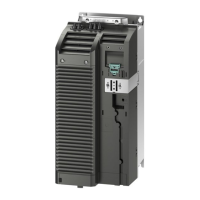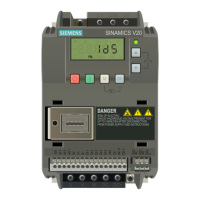Functions
6.9 Technological functions
SINAMICS G110D
Operating Instructions, 07/2016, FW V3.63, A5E36768472B AB
131
Different electrical braking methods for different applications
Table 6- 37 Braking methods depending on the application
Electrical braking method
Pumps, fans, compressors, extruders, mixers
Fans, grinding machines, conveyor belts DC braking
Centrifuges, conveyors, hoisting gear, cranes, winders
Advantages and disadvantages of the braking methods
● DC braking
–
Advantage:
The motor is braked without the inverter having to convert the braking
energy
–
Disadvantages:
significant increase in the motor temperature; no defined braking
characteristics; no constant braking torque; no braking torque at standstill; braking
energy is lost as heat; does not function when the power fails.
● Dynamic braking
–
Advantages:
defined braking characteristics; no additional motor temperature
increase; constant braking torque; in principle, also functions when the power fails
–
Disadvantages:
A braking resistor is required; braking energy is lost as heat; the
permissible load of the braking resistor must be taken into account.
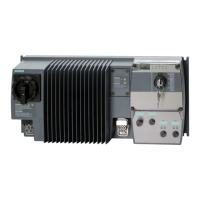
